Global markets are seeing a mix of optimism and caution this week, as investors ride growing expectations of U.S. Federal Reserve rate cuts and weigh the latest inflation and labor reports. While equities in Asia and the U.S. hit fresh highs, signs of economic softness and global uncertainty are pushing demand toward safer assets like gold and bonds.
Key Trends
- Rate cut bets fueling markets: Investors are increasingly confident that the Fed will begin easing interest rates, likely starting with a quarter-point cut. Softer jobless claims data has supported this view, even as inflation remains a bit stickier than some had hoped.
- Stock gains led by Asia: Asian markets have rallied with strength, with Chinese stocks reaching their highest levels in years. Expectations around AI-driven earnings growth, along with hopes for looser global borrowing costs, are helping lift shares broadly.
- Gold and bonds finding favor: With equity valuations elevated, many investors are turning toward gold, which is trading near record highs, and government bonds, which are benefiting from expectations of lower interest rates.
- Currency & yield effects: The U.S. dollar has weakened against major currencies as rate cut expectations mount. Treasury yields, especially on the benchmark 10-year note, have eased from recent highs, reflecting lower future interest rate risk in markets.
Global Risks & Headwinds
- Sticky inflation: Though some inflation indicators moderated, components like housing and food costs remain a concern, potentially complicating the Fed’s path to easing.
- Economic softness: Labor market signals, such as elevated jobless claims, are prompting debate about how strong the economic recovery truly is. Slowing growth abroad could also ripple through global trade and earnings.
- Geopolitical tension: Unrest or uncertainty—in regions like the Middle East or Eastern Europe—combined with international policy discord, continues to inject risk into markets.
- Policy tightrope for China: China’s central bank appears caught between supporting a slowing economy and avoiding the formation of a speculative bubble in its stock markets. It has made small moves to ease liquidity, but more aggressive steps are being held back without clearer economic signals.
What It Means for Investors
- Equity investors may see further upside, particularly in sectors expected to benefit from rate cuts (tech, AI, consumer discretionary). But valuations are high, so risk of pullbacks remains.
- Safe havens, including precious metals like gold, and sovereign bonds may continue attracting capital as insurance against inflation surprises or global shocks.
- Currency movements could become more volatile, especially in emerging markets, as the dollar adjusts to changing expectations.
- Close watchers will be the upcoming U.S. inflation and labor market data—these will likely shape the timing and magnitude of interest rate shifts by the Fed, as well as reactions in bond and equity markets.
Bottom line:
Global markets are balancing hope and caution. The belief that interest rates will fall is providing momentum, but baked-in inflation risks, uneven economic signals, and geopolitical tensions mean many investors are hedging their exposure. It’s a delicate dance: gains are possible, but so is turbulence—especially if any of the uncertain pieces fall in a less favorable way.


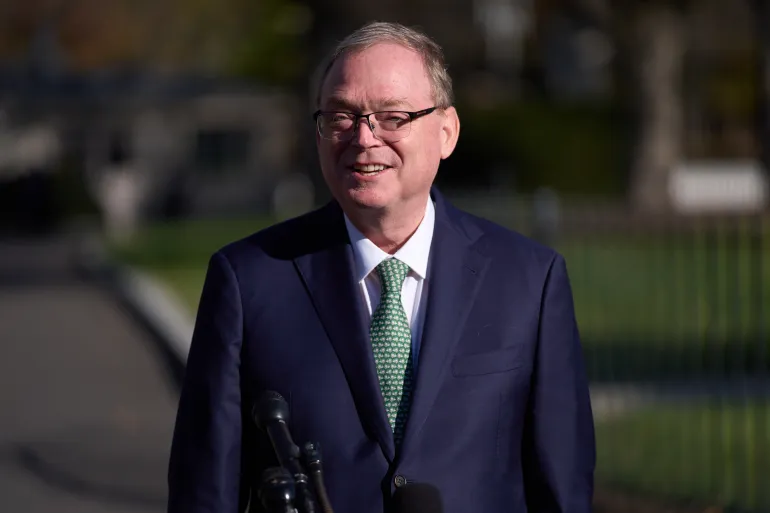
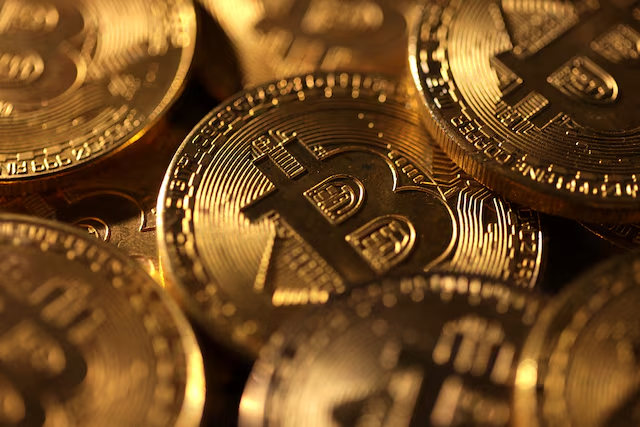



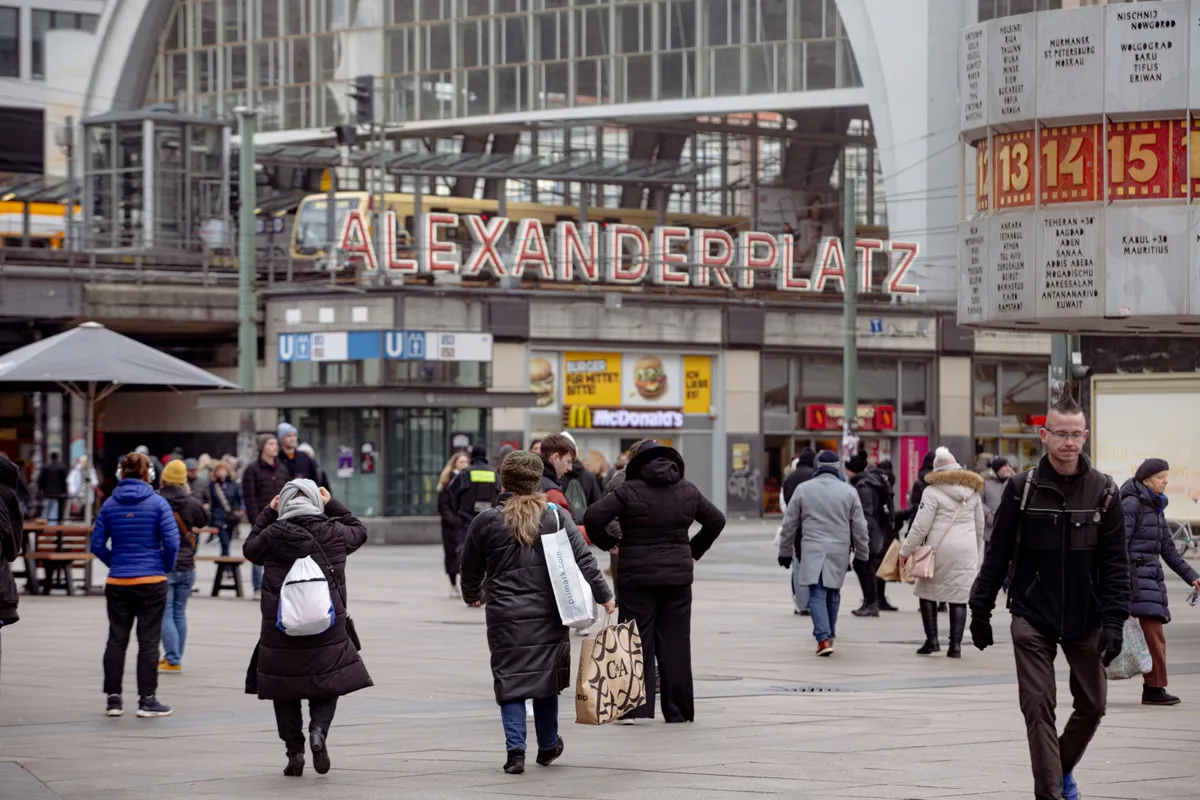
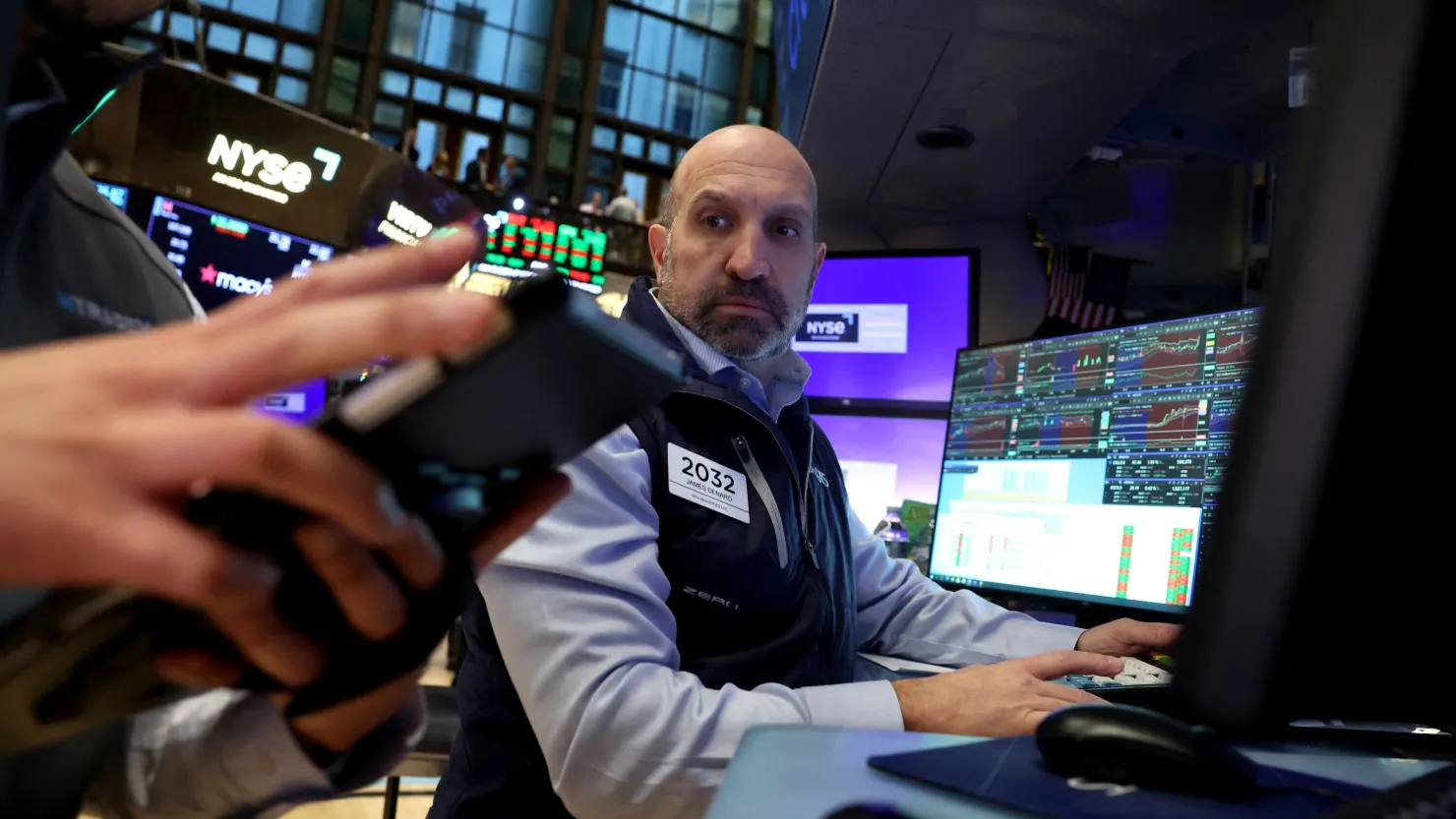


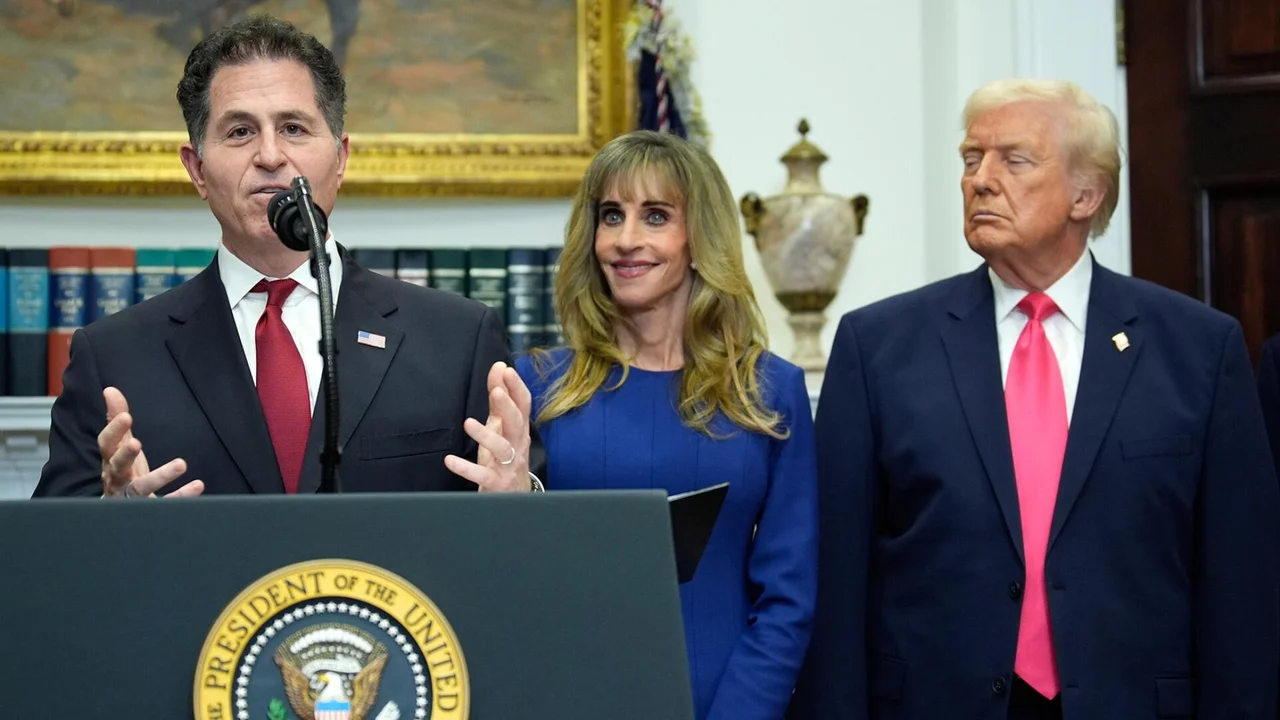




Leave a Reply